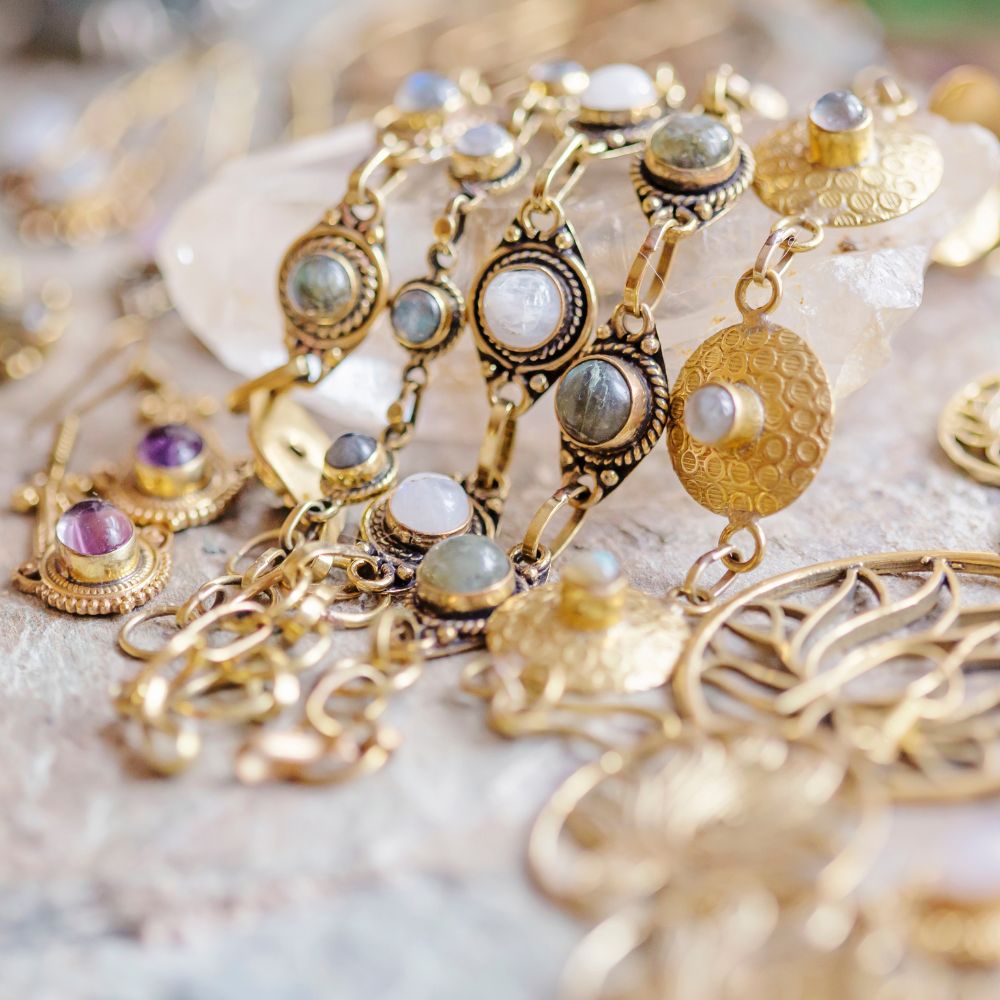
If you’re someone who finds solace in crafting jewelry after a long day’s work, imagine the delight of transforming your passion into a thriving business venture. This article will guide you through the process of starting your jewelry business, an industry that is both bustling and brimming with opportunities.

The global jewelry market is projected to reach a staggering $418.9 billion by 2026. While it might seem like a crowded space, there’s ample room for newcomers who can identify unique niches or infuse fresh perspectives into the craft. Let’s embark on your journey to start a jewelry business in nine comprehensive steps.
Steps to Start Your Own Jewelry Business:
- Unearth your specialized corner in the jewelry business
- Research the Market and Stay on Trend
- Craft or Source Your Jewelry Products
- Set Up Your Workspace
- Master Product Photography
- Build Your E-commerce Store
- Market Your Jewelry Brand
1. Unearth your specialized corner in the jewelry business
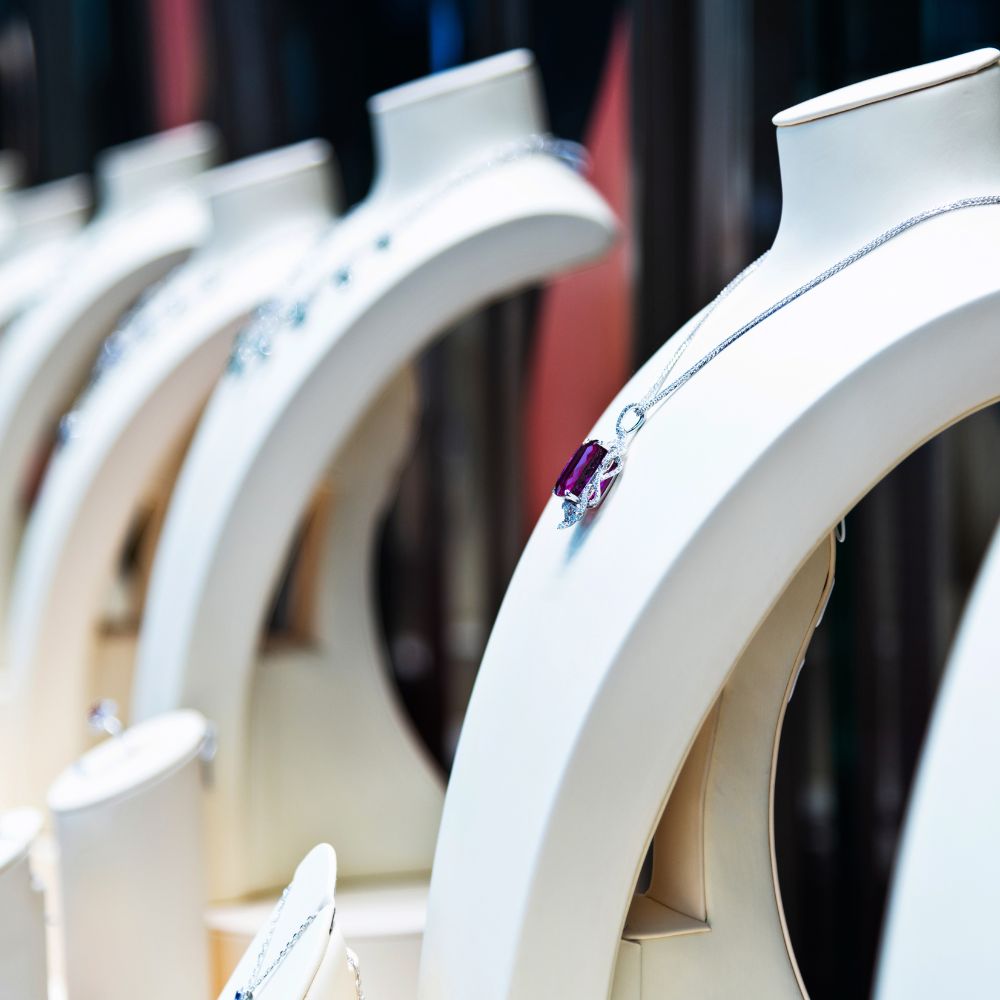
The jewelry market encompasses a wide array of categories, from opulent precious gems to chic costume jewelry. Your first step is to decide where you want to position your brand:
- Fine Jewelry: This top-tier segment features pieces crafted from precious and semi-precious metals and gems. Expect higher price points, exquisite craftsmanship, and a focus on luxury, weddings, and special occasions.
- Fashion or Costume Jewelry: Found in chain boutiques and online stores, this category follows fashion trends, using more affordable materials like beads, plastic, and synthetic gems. It’s budget-friendly, often mass-produced, and caters to everyday wear.
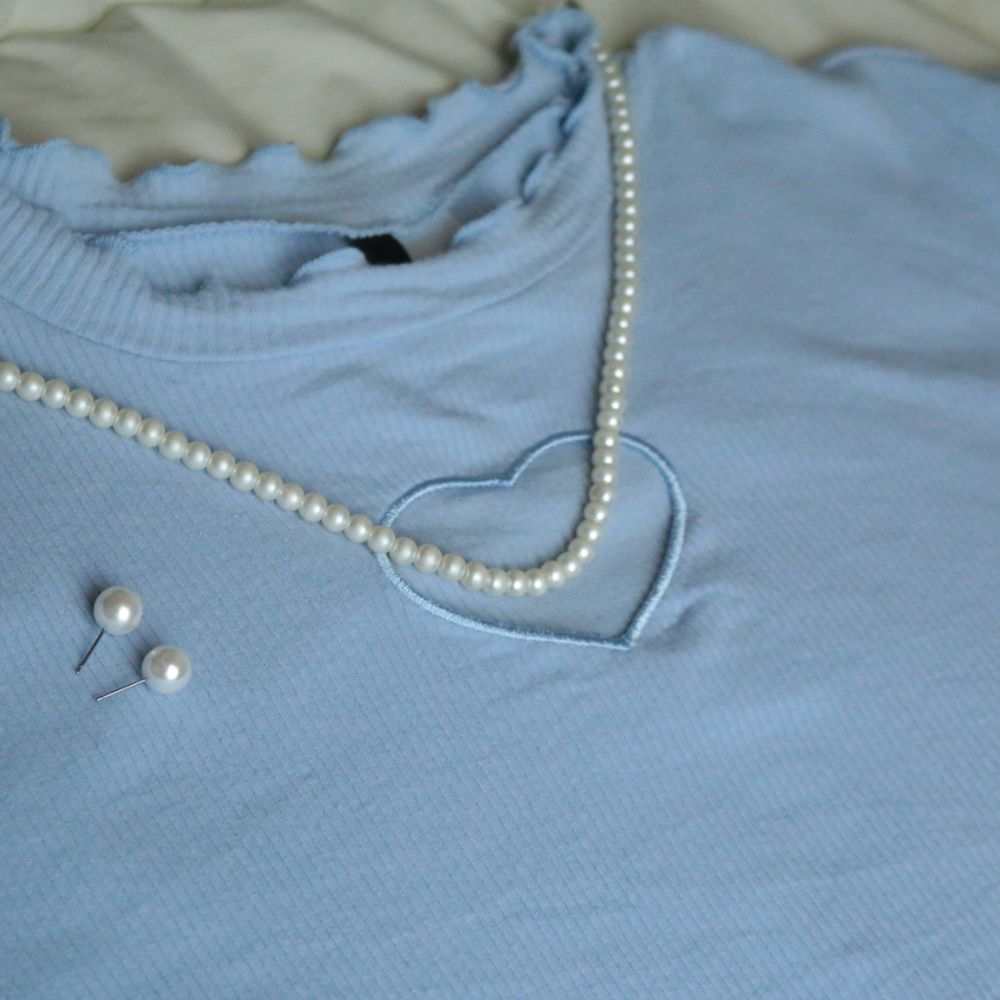
Define your ideal customers and whether your products cater to specific occasions, such as weddings or everyday wear. This sets the stage for effective marketing.
2. Research the Market and Stay on Trend

Before diving in, understand your audience and stay updated on industry trends. Monitor fashion and jewelry blogs, follow influencers, and observe the latest trends on platforms like TikTok. You can also draw inspiration from other jewelry designers.
Google Trends can help gauge global search volumes for particular terms, guiding you in the right direction. Don’t just follow trends; consider creating your trends, perhaps by focusing on personalized experiences or sustainable materials.
3. Establish Your Brand

A robust brand sets you apart in the competitive jewelry landscape. Your brand encompasses your mission, vision, values, and brand story. It communicates emotions, making a personal connection with customers. Develop brand guidelines, ensuring consistency in communication as you grow.
- Understand Your Audience: Speak their language, adopting a tone and slang that resonate with them.
- Create a Brand Voice and Tone Guide: Define how you want your brand to sound.
- Tell Your Brand Story: Share your journey through your “About” page.

- Design Your Logo and Visual Identity: Decide on fonts, colors, and photography style.
- Craft Packaging and Shipping Materials: Align these with your branding.
- Consider Professional Product Photography: High-quality images can make a significant impact.
4. Craft or Source Your Jewelry Products
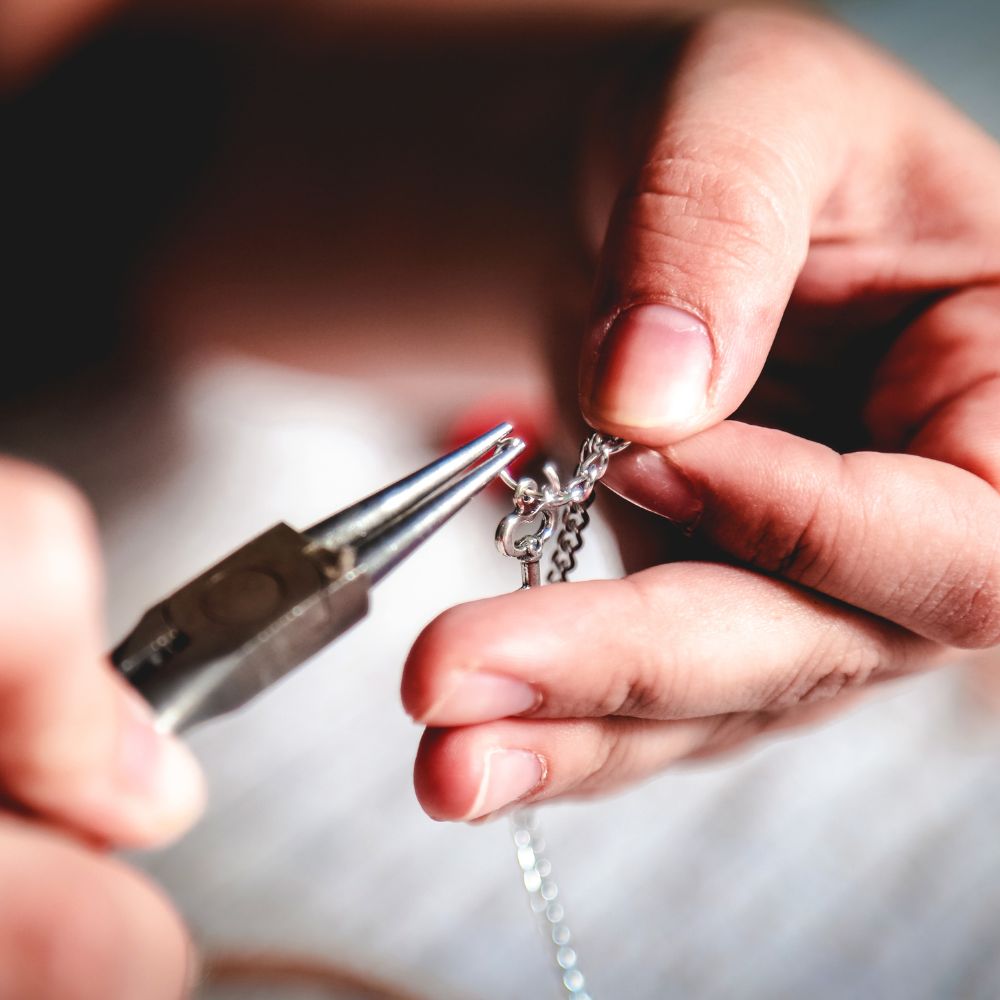
Decide how you’ll produce or source your jewelry based on complexity, materials, price point, and required skills. Explore these production methods:
- Handcrafted Jewelry: Whether fine or fashion, handcrafting offers a personal touch. You can start with free online tutorials and expand your skills over time.
- Factory Outsourcing: Ideal for fashion jewelry produced in larger quantities, you can have your designs manufactured locally or overseas.
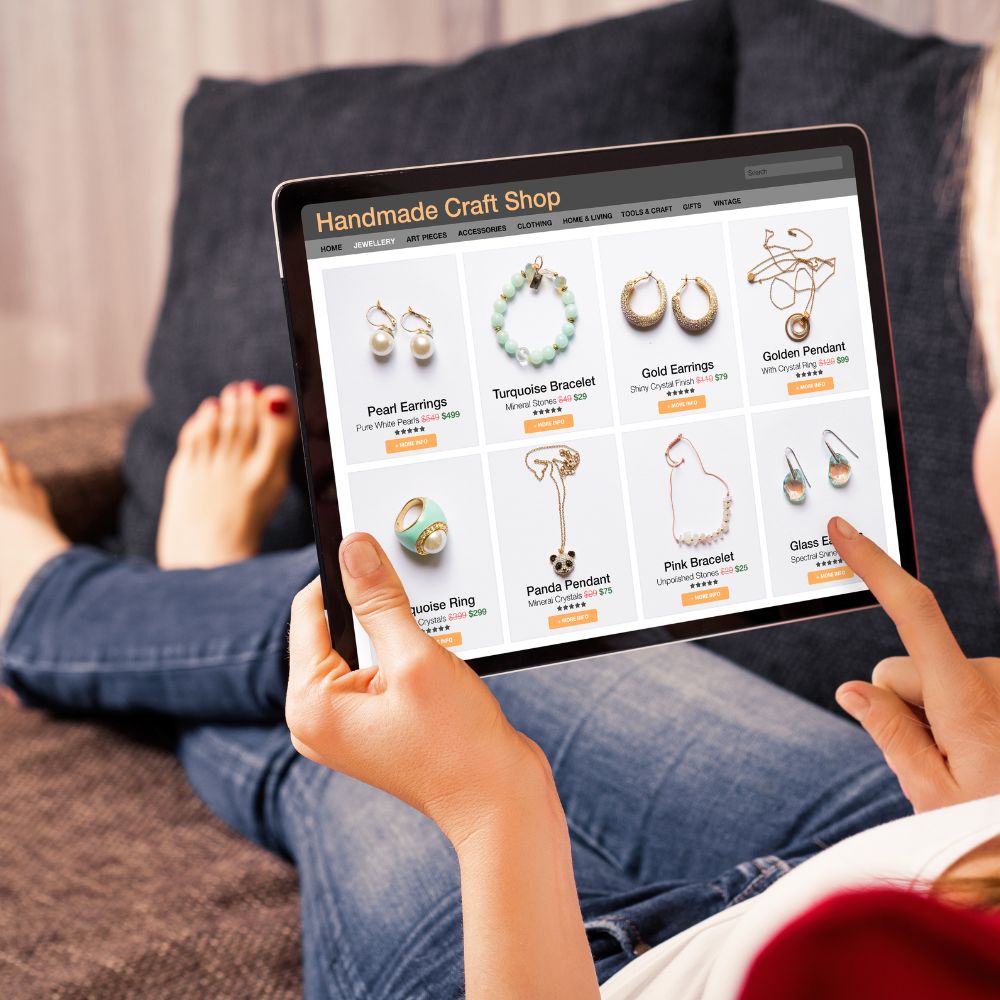
- Print on Demand: Upload your designs to a print-on-demand service, letting them create and ship products.
- Curated Jewelry: Resale or dropshipping allows you to sell pieces from other designers.
5. Set Up Your Workspace
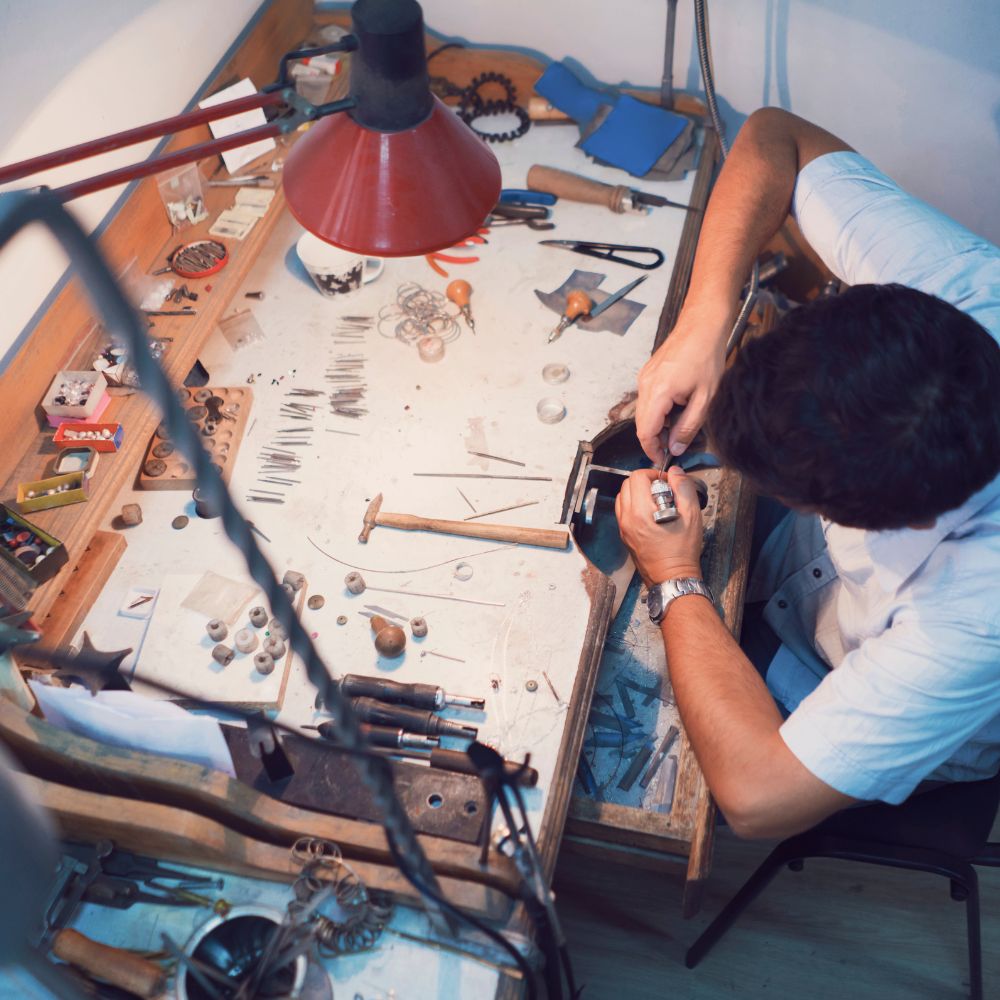
If you’ll be making jewelry in-house, create a suitable workshop space. Consider factors like flow, safety, and storage. Invest in necessary equipment and tools for your chosen production method.
6. Master Product Photography
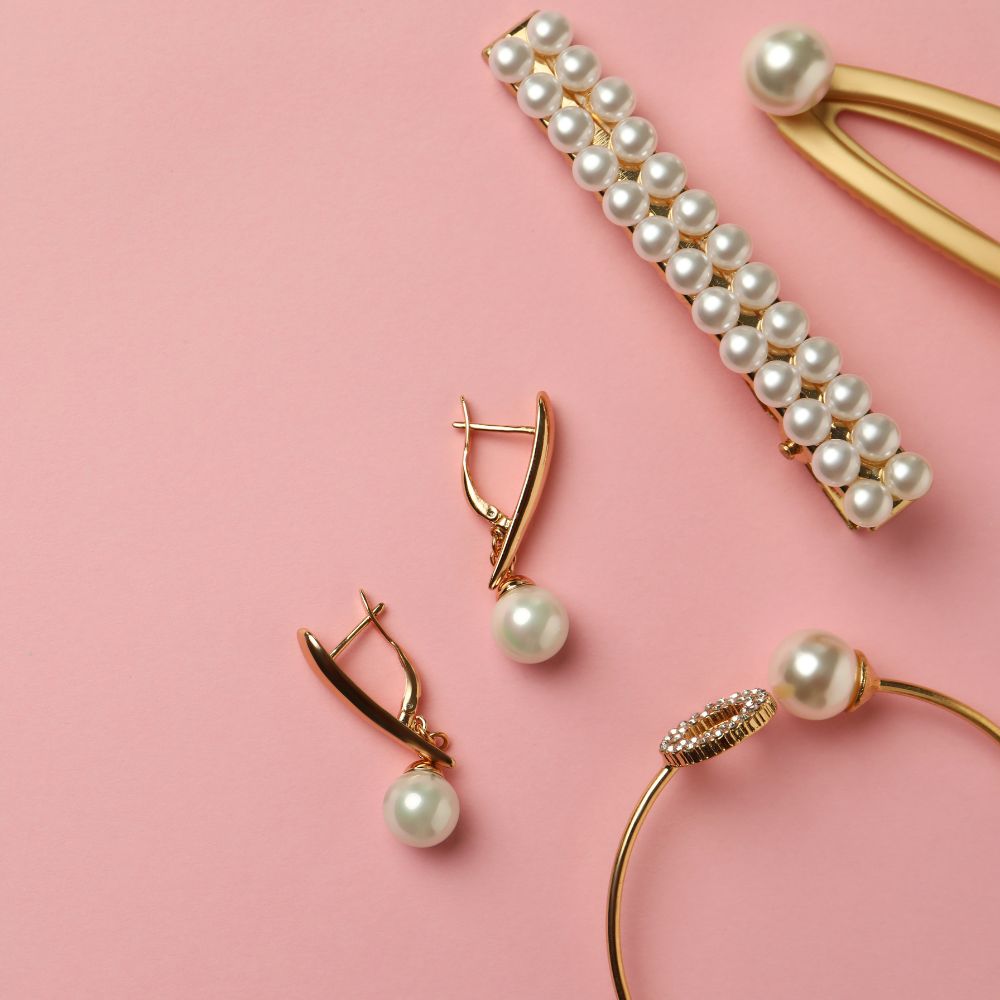
Quality product photography is vital for your online store. Jewelry, with its tiny details and reflective surfaces, requires particular attention. Provide clear product photos and engaging lifestyle shots for scale and styling ideas.
7. Build Your E-commerce Store

Choose a user-friendly website template that highlights your jewelry through stunning photography. Essential pages include your homepage, collection pages, product pages with detailed descriptions, and crucial information on FAQ, Contact, and About pages.
Ensure your website copy aligns with your brand voice and evokes emotions while providing technical details.
8. Market Your Jewelry Brand
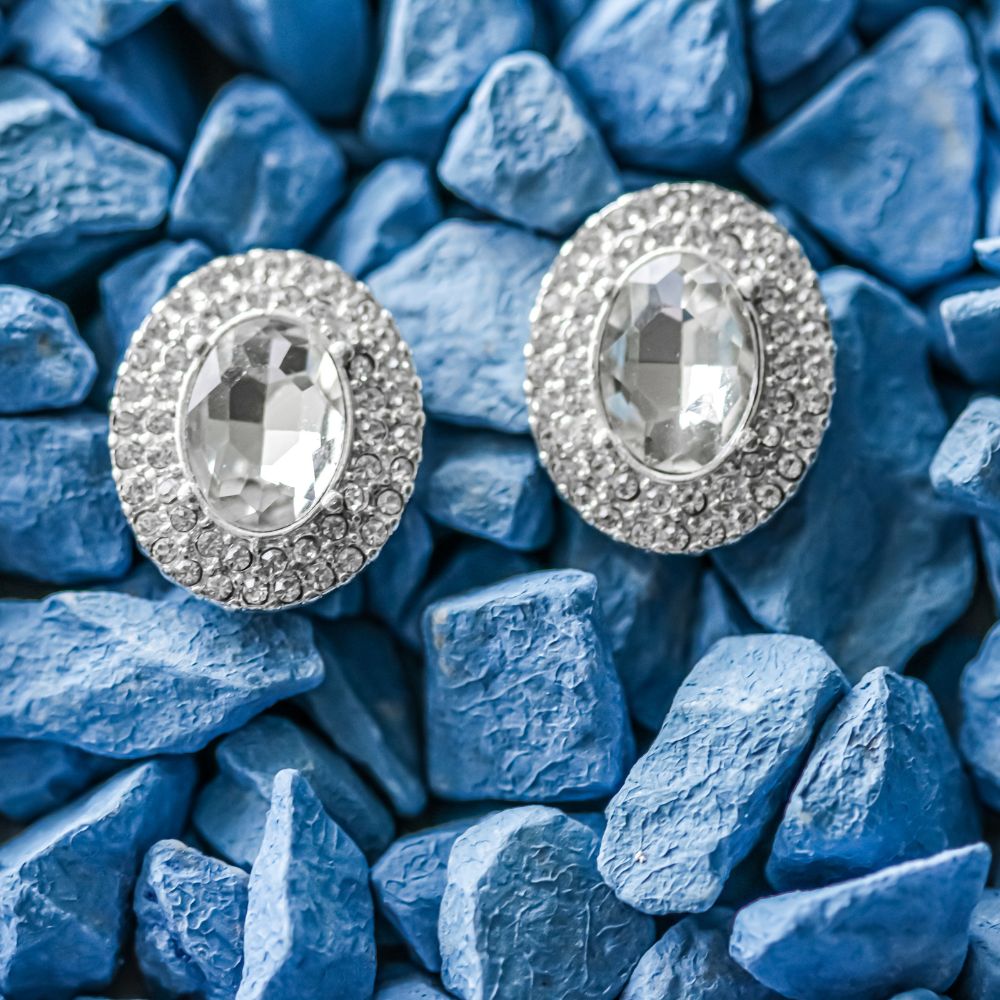
In a saturated industry, stand out through effective marketing:
- Social Marketing: Tailor your approach to each platform, engaging with your audience authentically. Consider paid campaigns for targeted reach.
- Collaborations and Influencers: Partner with influencers and collaborate with other brands for exposure.
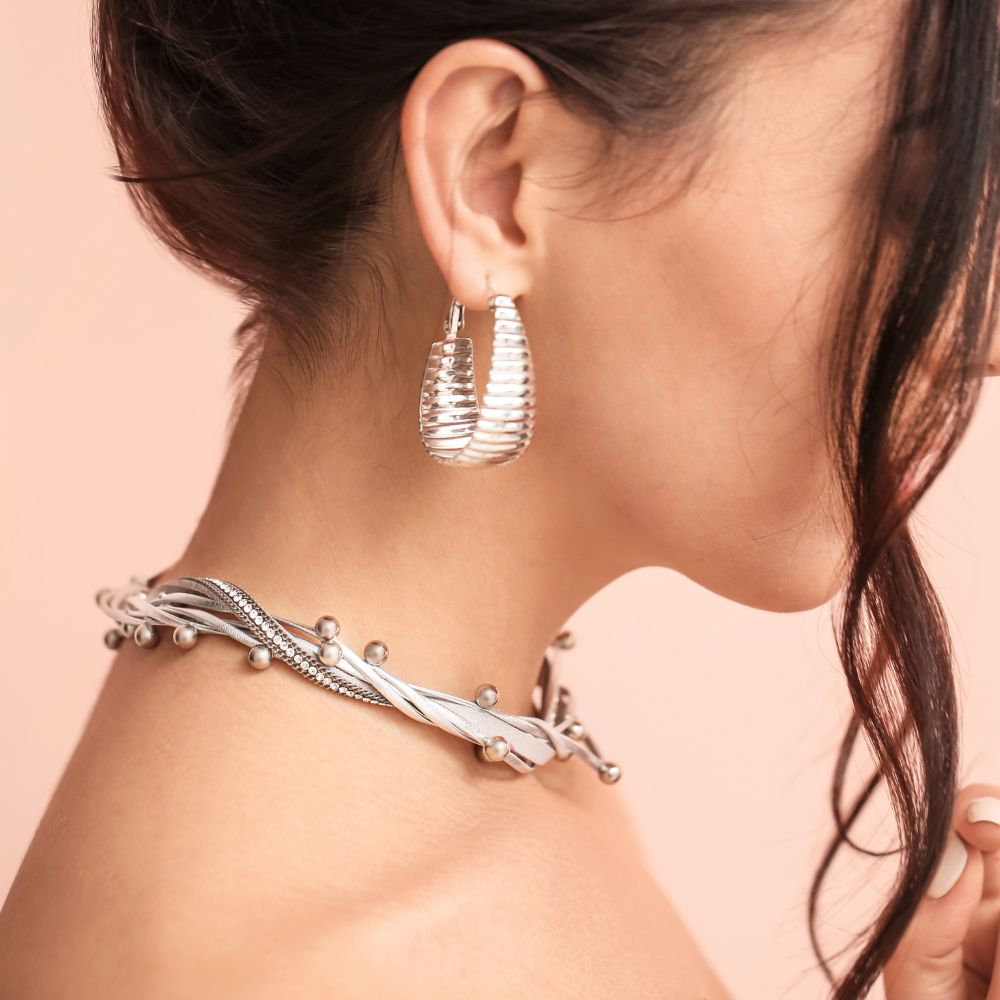
- Pop-up Retail and Markets: Attend markets to gain exposure, or host your events and pop-ups.
- Local Boutiques: Pitch your designs to local boutiques for initial exposure.
9. Scale Your Business

Start small, collaborate with local boutiques, and expand your product line. Explore international shipping to reach a global audience. As you grow, remember that gradual entry into the jewelry industry can be your path to success.
Conclusion of the article:
Starting a jewelry business can be both thrilling and challenging, but with passion, creativity, and dedication, you can carve a niche in this exciting field. So, let your creativity shine as you embark on this sparkling journey into the world of jewelry.
Related posts: Popular Online Products to Consider Selling in 2023 (5 Top Picks)
















Discussion about this post